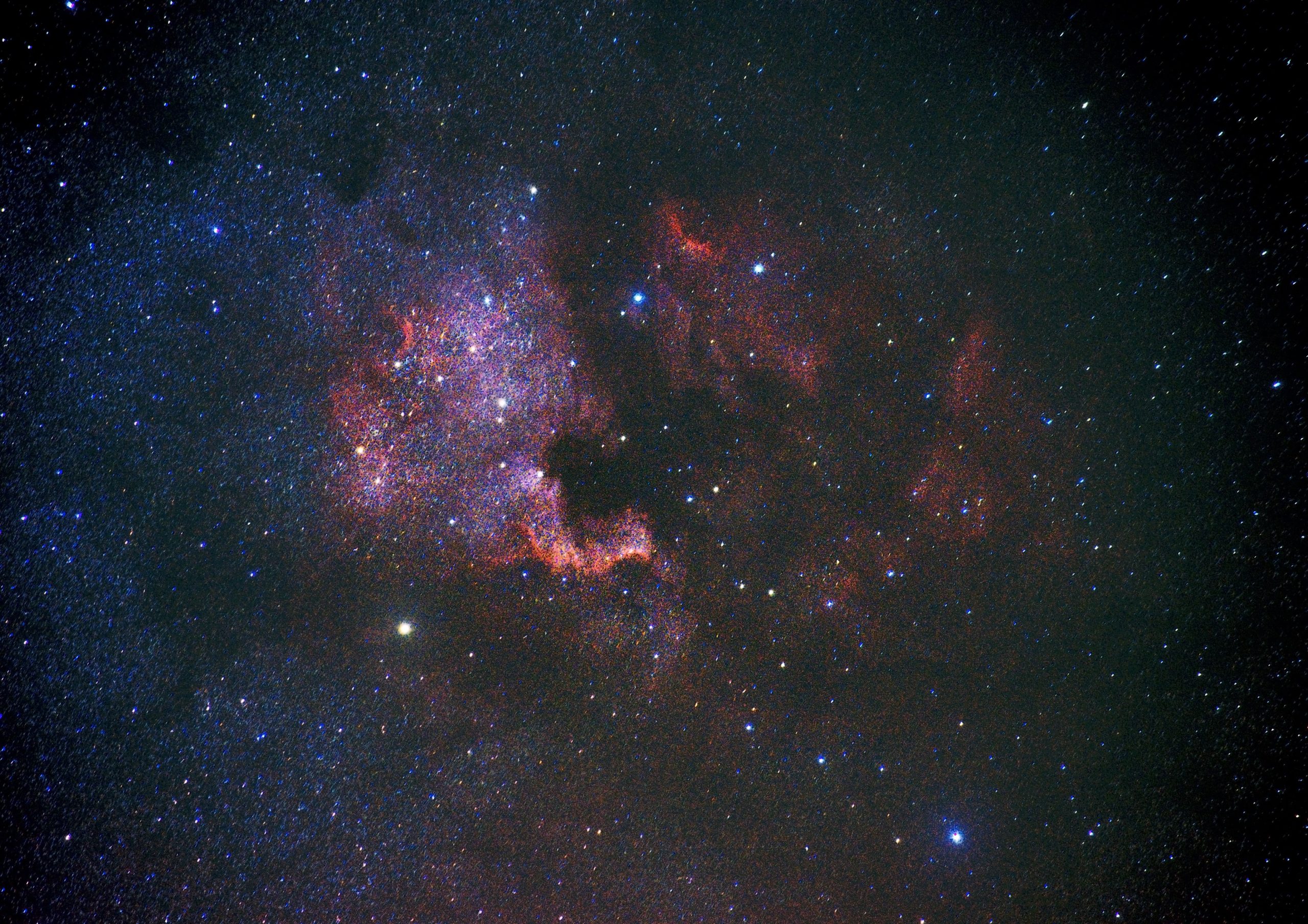The Tree of Life Movie Explained: A Journey Through Terrence Malick’s Masterpiece
Released in 2011, Terrence Malick’s “The Tree of Life” is a thought-provoking and visually stunning film that explores profound questions about existence, nature, and the human experience. It is a deeply philosophical and reflective piece of art that challenges traditional narrative structures and demands active engagement from its viewers. In this blog post, we will embark on a journey to unravel the complex layers of meaning in this remarkable cinematic work.
The Synopsis
At its core, “The Tree of Life” is a multi-layered exploration of the origins and meaning of life. The film follows the story of the O’Brien family: Mr. O’Brien (played by Brad Pitt), Mrs. O’Brien (played by Jessica Chastain), and their three sons. The narrative is framed by Jack O’Brien (played by Sean Penn) as an adult, reflecting on his childhood and grappling with his place in the world.
The film interweaves the personal narrative of the O’Brien family with grand cosmic and terrestrial imagery, depicting the birth of the universe, the evolution of life, and the formation of galaxies and stars. These scenes, often surreal and mesmerizing, serve as contemplative portals into the larger metaphysical questions that the movie seeks to explore.
The Structure
One of the distinctive elements of “The Tree of Life” is its non-linear and fragmented narrative structure. Malick employs a poetic and associative approach to storytelling, eschewing conventional plot progression in favor of a series of vignettes and visual motifs that mirror the flow of memories and emotions. Time oscillates between the present, the past, and even beyond, inviting the viewer to actively engage with the film and piece together the fragments.
This episodic structure can be initially disorienting, as the film jumps between different time periods and perspectives. However, it ultimately allows for a more profound exploration of the film’s themes and invites the viewer to contemplate the interconnectedness of life and the coexistence of beauty and pain.
The Key Themes
“The Tree of Life” wrestles with numerous profound questions, leaving room for interpretation and personal reflection. Some of the key themes include:
- The Nature of Existence: The film delves into the origins of the universe and the evolution of life, bridging the gap between the cosmic and the personal. It prompts contemplation of the interconnectedness of all things and our place within the larger cosmos.
- The Complexity of Human Nature: Through the O’Brien family’s experiences, the film explores the juxtaposition of love, compassion, and tenderness with anger, aggression, and vulnerability. It delves into the duality of human nature and the impact of parental relationships on individual development.
- The Search for Meaning: “The Tree of Life” raises existential questions about the purpose and meaning of life. It juxtaposes the vastness of the universe with the complexities and nuances of human existence, inviting the viewer to reflect on their own purpose and place in the world.
- The Loss of Innocence: Childhood innocence is a recurring motif in the film, representing a more profound, truthful state of being. As the narrative explores the loss of innocence, it invites contemplation of the fragility and transitory nature of our own existence.
The Visual Mastery
Terrence Malick’s visionary directing, in collaboration with cinematographer Emmanuel Lubezki, creates a breathtaking visual landscape throughout “The Tree of Life.” The film showcases a meticulous attention to detail, with every frame resembling a carefully composed painting. Lubezki’s sweeping camerawork and the use of natural light contribute to the film’s ethereal and dreamlike quality, blurring the boundaries between mundane reality and transcendent beauty.
In addition to its captivating imagery, the film incorporates a wide range of visual metaphors and symbolism. The recurrent motif of the tree of life itself, as well as water, fire, and nature, serves as a metaphorical backdrop that supports the overarching themes of the movie. These visual elements enhance the emotional depth of the narrative and encourage a sensory immersion into the film’s universe.
The Reception and Impact
“The Tree of Life” divided audiences upon its release, with some praising its visionary approach and philosophical depth while others found it challenging and inaccessible. The film, however, gained critical acclaim and won the Palme d’Or at the 2011 Cannes Film Festival, solidifying its place as a significant piece of cinematic art.
Over time, “The Tree of Life” has continued to resonate with viewers, with many appreciating its unique ability to provoke introspection and contemplation. Its philosophical themes and poetic storytelling have made it a subject of analysis and interpretation, spawning countless essays and discussions about its meaning and significance.
In Conclusion
“The Tree of Life” is a cinematic masterpiece that defies convention and invites viewers on a profound journey of self-reflection and contemplation. It weaves together the personal and the cosmic, the temporal and the eternal, presenting a deeply philosophical exploration of life’s most profound questions. Terrence Malick’s visionary direction and the film’s remarkable visuals combine to create an immersive experience that continues to captivate and intrigue audiences to this day.
While “The Tree of Life” may not offer easy answers, its open-endedness and thought-provoking nature ensure that each viewing becomes a personal and introspective experience. It is a film that challenges us to confront our own existence and grapple with the mysteries of life, leaving a profound and lasting impact that lingers long after the closing credits.
Table of Contents
